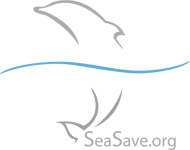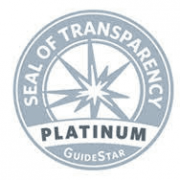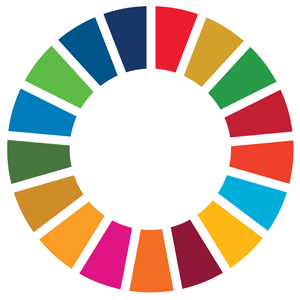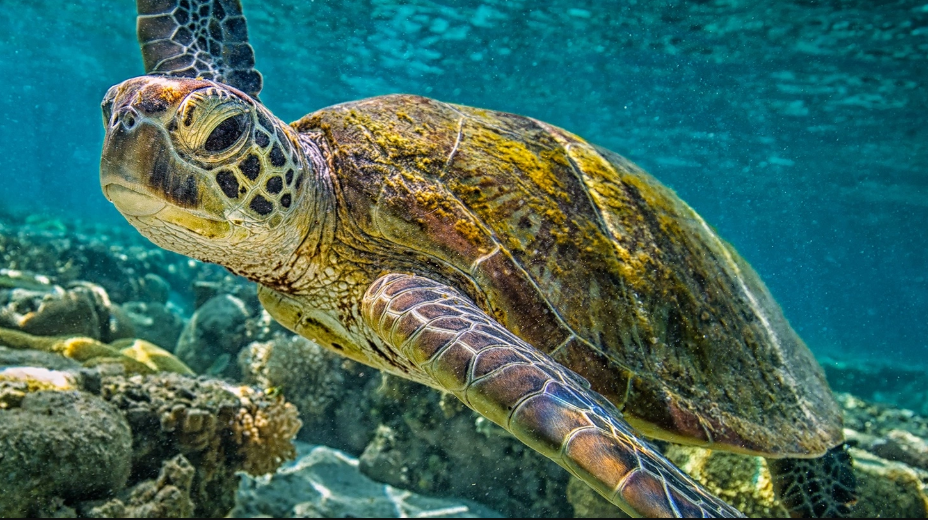
1. Redrawing the Lines: U.S. Reconsiders Scope of Endangered Species Act
Washington, D.C., United States — The U.S. Fish and Wildlife Service and NOAA Fisheries have proposed rescinding a 2019 rule that narrowly defined “harm” under the Endangered Species Act (ESA) as only direct injury or death. The change would eliminate that restrictive definition and restore broader legal interpretations, allowing harm to include habitat destruction that disrupts breeding, feeding, or sheltering behaviors.
The proposed rollback aligns with long-standing judicial precedent and is intended to reinforce the ESA’s full protective scope—especially as environmental pressures on wildlife intensify. Environmental advocates welcome the move, calling it a long-overdue correction, while some industry groups caution that it could create regulatory ambiguity. The agencies are seeking public comment, which must be received by May 19, 2025.
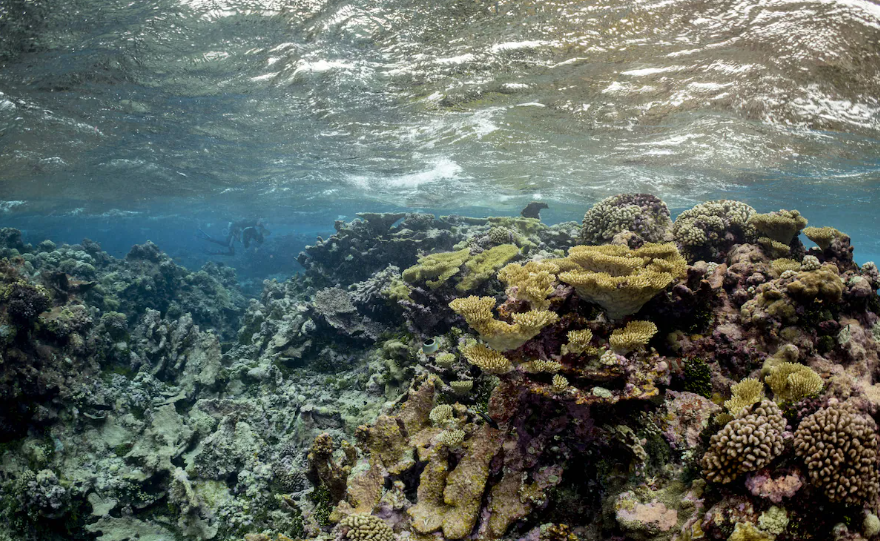
2. Trump Lifts Protections, Opens Vast Pacific Waters to Commercial Fishing
Washington, D.C., United States — President Donald J. Trump signed an executive order in April 2025 opening vast swaths of protected Pacific Ocean territory to American commercial fishing. The order rolls back fishing restrictions established by President George W. Bush and later expanded under President Barack Obama in the Pacific Remote Islands Marine National Monument. Trump’s directive aims to “unleash American fishing potential” and cites national food security and economic growth.
Conservation groups swiftly condemned the decision, warning of ecosystem damage in one of the world’s most biodiverse marine areas. The waters, home to coral reefs, endangered sea turtles, and tuna species, had been off-limits to commercial fishing for over a decade. Trump’s move signals a dramatic pivot in U.S. ocean policy—reigniting the debate between environmental protections and industry expansion in remote marine zones.
Thank you for your generous gift that will help us continue the production of this weekly, free publication
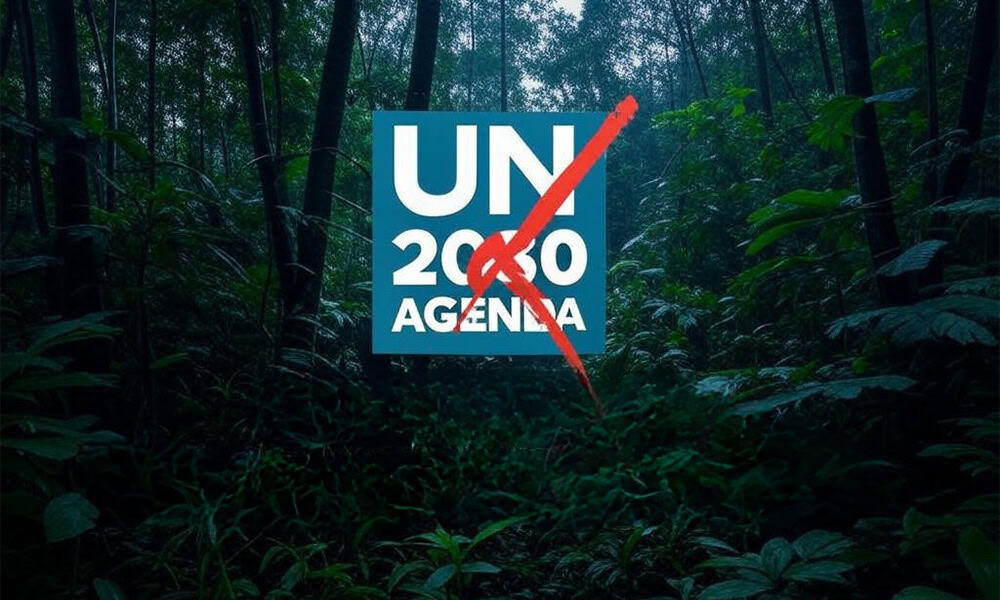
3. Costa Rica Exits United Nations SDG 2030 Goal Agenda
San José, Costa Rica — In a move that stunned environmental advocates, Costa Rica has officially withdrawn from the United Nations’ 2030 Agenda for Sustainable Development Goals. The announcement, made by President Rodrigo Chaves, signals a sharp policy shift away from global sustainability commitments that once earned Costa Rica a reputation as an environmental leader. Chaves argued the Agenda “violates national sovereignty” and criticized the 17 Sustainable Development Goals as burdensome and externally imposed.
Conservationists and international observers voiced alarm, noting the decision could weaken regional cooperation and diminish funding for biodiversity and climate initiatives. Some Costa Rican officials and academics expressed concern that the exit undermines decades of progress in marine protection, forest preservation, and ecotourism. The surprise announcement has sparked national debate and international scrutiny over the country’s environmental future.
Editorial Comment: This announcement comes just before Costa Rica is scheduled to host the SDG #14 – Life Below Water. It could have significant ramifications for the nation, once dubbed the “Ecotourism Capital of the World.”

4. Treaty to Protect High Seas Inches Closer to Reality
New York, USA — The International Union for Conservation of Nature (IUCN) is actively participating in the first substantive meeting of the Preparatory Commission (PrepCom1) at the UN Headquarters. Discussions center around the operationalization of the High Seas Treaty, aimed at protecting biodiversity in areas beyond national jurisdiction. Key agenda items include governance, the Clearing-House Mechanism, and financial resources, all essential for setting the stage for the Conference of the Parties to the Agreement.
IUCN’s engagement at PrepCom1 is geared towards supporting the BBNJ Agreement’s early implementation, with a focus on the scientific and technical body. Guided by Resolution 7.128, IUCN aims to contribute to an ambitious framework ensuring marine biodiversity conservation. As the ocean takes center stage on the international policy agenda, IUCN urges UN members to ratify the BBNJ agreement promptly, marking a historic step towards safeguarding our global ocean.

5. Paradise Found: This Resort is Saving the Ocean, One Seagrass at a Time
Anahita, Mauritius — Four Seasons Resort Mauritius at Anahita is pioneering marine conservation by establishing the Indian Ocean’s first seagrass nursery in its Barachois,(a coastal lagoon that is partially or completely separated from the ocean by a sand or shingle bar). As part of the Blue Carbon Ecosystems Project led by the Odysseo Foundation, this initiative aims to restore seagrass meadows vital for marine life. Resort Ocean Environment Manager Rick-Ernest Bonnier explains that transplants and seeds will be collected from the wild and nurtured in the resort’s Barachois.
This one-meter-deep saltwater body, home to over 200 fish, provides a favorable environment for seagrass species like Syringodium isoetifolium and Halodule uninervis. The project involves germinating seeds in an Odysseo lab and transplanting developed seedlings to the Barachois until maturity. The goal is to produce healthy seagrasses for restoring meadows and creating habitats for fish, turtles, seahorses, and rays.
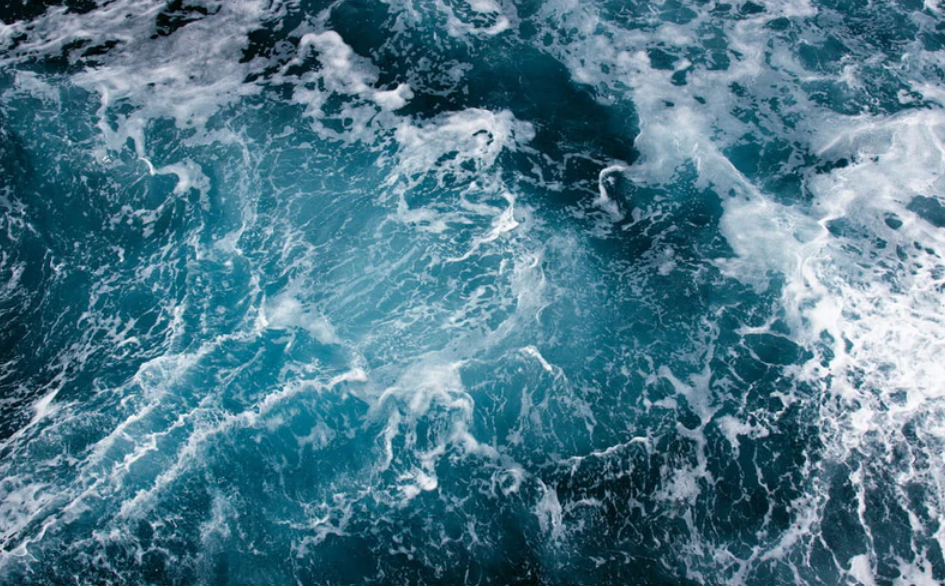
6. Design Meets Deep Sea: Unlikely Duo Joins Forces for Ocean Conservation
San Francisco, United States — Branding firm Esser Design and the Greater Farallones Association (GFA) have launched a strategic partnership to elevate marine conservation through design. GFA oversees more than 5,000 square miles of federally protected waters off the California coast, and the collaboration aims to boost awareness, funding, and engagement through storytelling, visual branding, and campaign strategy. Esser Design will help distill complex ecological challenges into accessible narratives, using creative tools to inspire ocean advocacy and stewardship.
Both partners stress that effective design can galvanize public support and attract critical resources for long-term marine protection. The initiative comes amid growing recognition that clear communication is key to influencing behavior and policy. The partnership hopes to serve as a model for aligning the creative sector with science-based conservation, emphasizing that visual clarity can drive action in defense of marine ecosystems.

7. Sacred Burial Grounds at Sea: Can Fiji’s Cultural Protection Zones Survive Modern Threats?
Suva, Fiji — In Fiji, Indigenous burial traditions are helping shield parts of the ocean from human exploitation — but for how long? A recent Mongabay report details how communities uphold “tabu” zones, areas around ancestral burial sites where fishing is traditionally forbidden out of respect for the dead. These zones, though informal, have effectively served as marine protected areas, preserving biodiversity without government intervention.
However, modernization and resource pressures are now testing their resilience. The future of the Fiji Protected Area (FPA), which encompasses many of these sacred sites, remains unclear as legal frameworks and enforcement mechanisms lag. With no national legislation currently anchoring these cultural protections, environmentalists fear that these ancient, community-based conservation systems may erode under the weight of tourism, overfishing, and development. Experts say preserving these zones will require recognition of their ecological and cultural value at a national level.
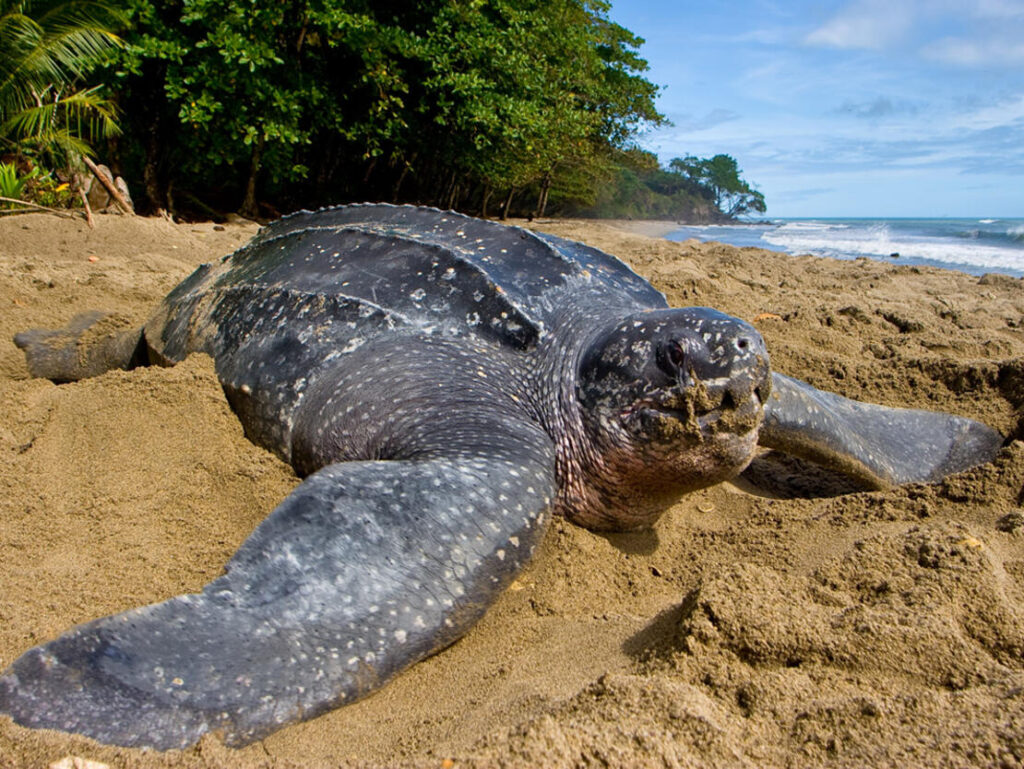
8. Marine Turtles Show Resilience, But Global Protection Still Urgently Needed
Gland, Switzerland — A major new global assessment from the International Union for Conservation of Nature (IUCN) reveals encouraging signs of recovery among some marine turtle populations, thanks to decades of coordinated conservation efforts. However, experts caution that threats such as fisheries bycatch, habitat destruction, climate change, and egg poaching continue to jeopardize many populations. The assessment shows variation in regional status, with some subpopulations increasing and others still in decline.
It also underscores a significant data gap, which makes effective conservation planning more difficult. Researchers stress the need for long-term monitoring and investment, especially in underreported areas. While the report offers evidence that protection efforts can work, it also warns that continued international cooperation and funding are essential to ensure marine turtles don’t slip back toward extinction.
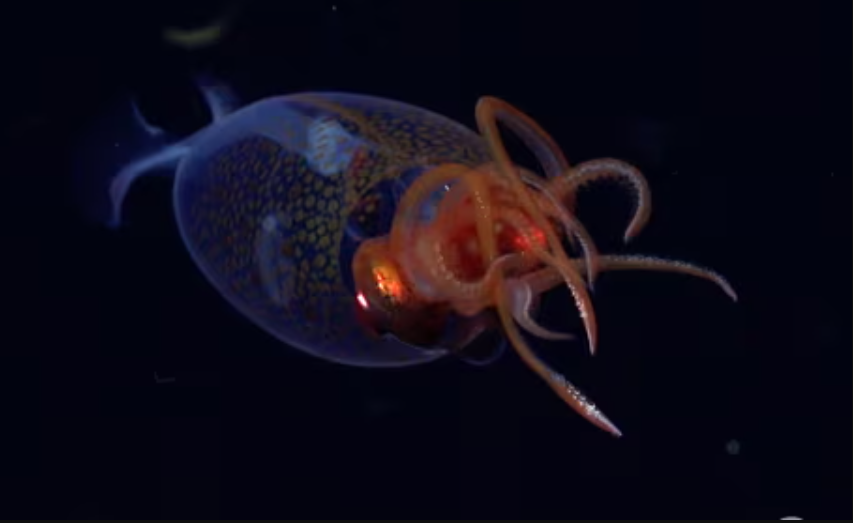
9. Baby Colossal Squid Filmed Alive in the Wild for the First Time
South Sandwich Islands, South Atlantic Ocean — For the first time since its identification a century ago, a live colossal squid has been filmed in its natural deep-sea habitat. The footage, captured by a remotely operated vehicle during a 35-day expedition aboard the Schmidt Ocean Institute’s research vessel Falkor, shows an 11.8-inch juvenile Mesonychoteuthis hamiltoni swimming near the South Sandwich Islands at a depth of approximately 600 meters (1,968 feet).
Previously, knowledge of this elusive species was limited to specimens found in predator stomachs or caught in fishing nets. The expedition was a collaborative effort involving the Schmidt Ocean Institute, the Nippon Foundation-Nekton Ocean Census, and the GoSouth project, with contributions from institutions in the UK, Germany, and Antarctica. Researchers emphasize that such discoveries highlight the vast mysteries still hidden in the ocean’s depths.
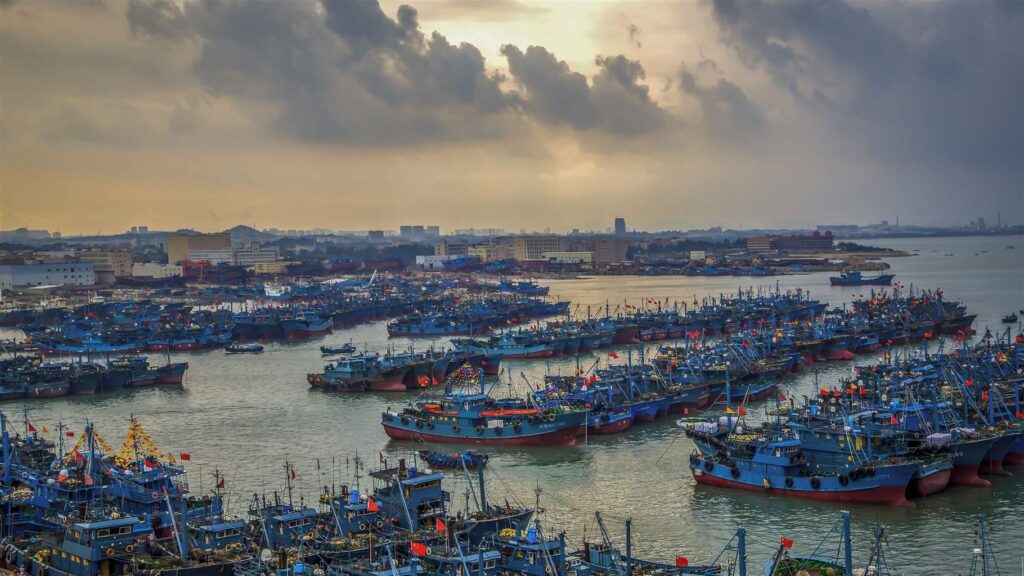
10. China Joins Global Treaty to Combat Illegal Fishing
Beijing, China — In a significant move for global fisheries management, China has joined the Port State Measures Agreement (PSMA), an international treaty aimed at preventing illegally caught fish from entering markets through ports. By adopting the PSMA, China demonstrates a commitment to strengthening fisheries management and combating illegal, unreported, and unregulated (IUU) fishing.
The agreement requires port states to conduct inspections and deny entry or services to vessels engaged in IUU fishing. China’s participation is seen as a major milestone, given its status as the world’s largest seafood producer and a key player in global fishing activities. This development is expected to enhance international cooperation and contribute to the sustainability of marine resources.

11. How Industry Is Quietly Tackling Underwater Noise to Protect Marine Life
London, United Kingdom — The Offshore Wind Industry Council (OWIC) has released the Underwater Noise Conflict Resolution Framework Report, developed by Xodus Group, to address the growing challenge of underwater noise from offshore wind and other seabed users. The report outlines a series of steps for managing underwater noise, including establishing a standardized framework for conflict resolution among stakeholders, promoting collaboration between industry and regulators, and encouraging the adoption of best practices to mitigate noise impacts on marine life.
OWIC emphasizes the need for clear communication channels, data sharing, and the development of innovative noise reduction technologies. The framework also calls for ongoing monitoring and adaptive management to ensure that mitigation measures remain effective as the offshore wind sector expands. By implementing these strategies, OWIC aims to balance the growth of renewable energy with the protection of sensitive marine environments.

12. Patagonian Elephant Seal Population Decimated: Will They Ever Recover?
New York, USA — A new study by WCS Argentina, CONICET, and the University of California Davis reveals that the Patagonian elephant seal population may take up to a century to recover following the 2023 avian influenza epidemic. The H5N1 virus killed nearly all newborn pups and an unknown number of adults, drastically altering the population’s trajectory. Researchers project that if only pups had died, the colony could recover to 2022 levels by as early as 2029.
However, if the disease significantly impacted reproductive females, recovery could be delayed until 2091. Worst-case scenarios, combining female mortality with lost reproductive opportunities or repeat epidemics, could push recovery into the mid-22nd century. 2024 counts showed a 67% reduction in reproductive females, indicating high adult mortality. Experts emphasize the need for strengthened prevention efforts.
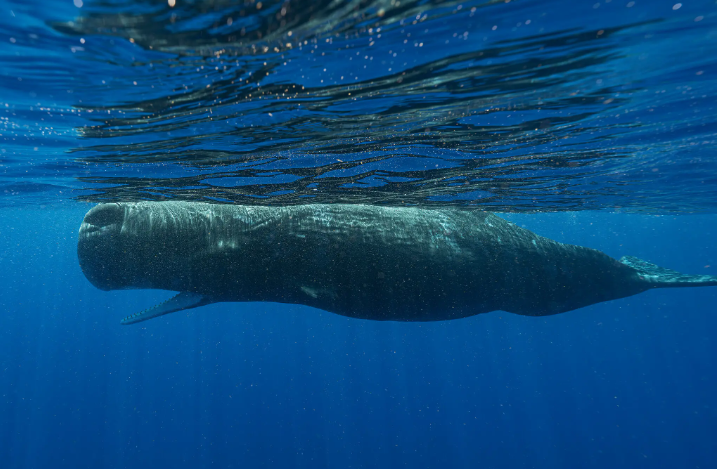
13. You Won’t Believe What Authorities Found in This South Carolina Artist’s Home
Beaufort, United States — Lauren H. DeLoach, a 69-year-old artist from Saint Helena Island, South Carolina, pleaded guilty in federal court to illegally importing and selling endangered sperm whale teeth and bones. Prosecutors revealed DeLoach brought in at least 30 shipments from Australia, Latvia, Norway, and Ukraine between 2021 and 2024, directing foreign suppliers to mislabel packages as “plastic” to evade U.S. customs.
He sold at least 85 items on eBay, earning more than $18,000, and authorities seized around $20,000 worth of whale parts from his home. DeLoach was charged under the Lacey Act and the Marine Mammal Protection Act, facing up to five years in prison and significant fines. Sperm whales, protected under federal and international law, remain endangered after centuries of exploitation. Sentencing is pending as authorities continue efforts to curb illegal wildlife trafficking.
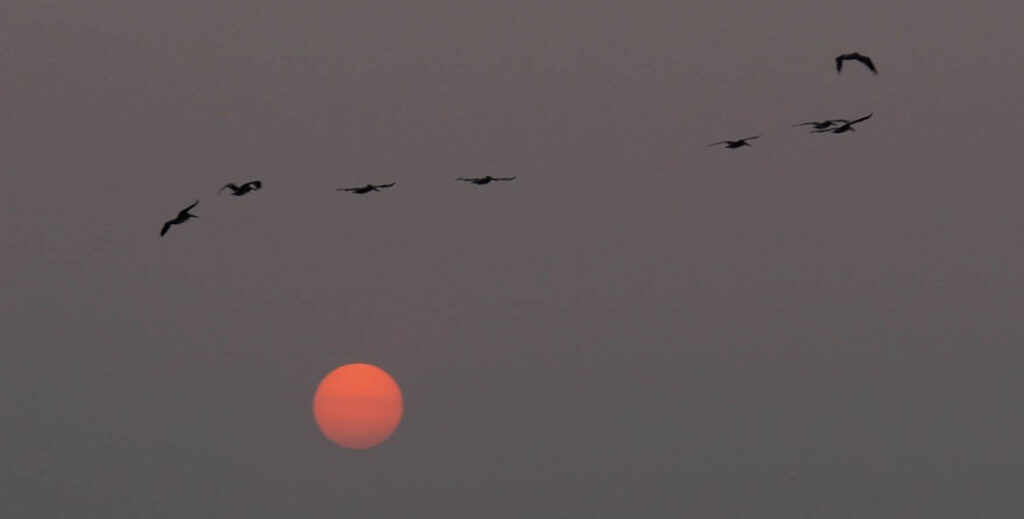
14. Is This the End for the Chesapeake Bay? You Won’t Believe What’s Happening to NOAA Coral Quest in Indian Seas
Washington, D.C., USA — The Chesapeake Bay Foundation (CBF) is raising alarms over proposed budget cuts to the National Oceanic and Atmospheric Administration (NOAA), which they say would devastate efforts to restore the Chesapeake Bay. A leaked White House memo suggests slashing NOAA’s budget by $1.7 billion, or 27 percent, in fiscal year 2026, with the National Marine Fisheries Service facing a 30 percent reduction. According to CBF, NOAA’s Chesapeake Bay Office is crucial for fisheries protection, climate resilience, and environmental education in the region.
Alison Prost, CBF Senior Vice President, warns that dismantling NOAA would jeopardize science-based restoration efforts. Tom Ackerman, CBF Vice President for Education, highlights the importance of NOAA’s educational programs like Chesapeake B-WET, which connect students with the Bay’s ecosystem. CBF urges Congress to protect NOAA from these cuts, emphasizing the agency’s critical role in the Bay’s recovery.
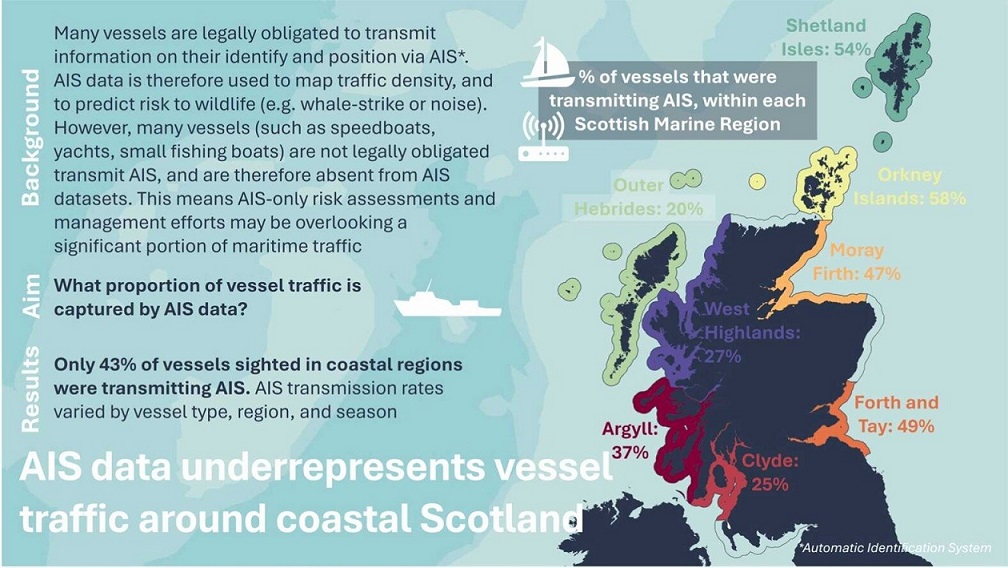
15. Ghost Ships of Scotland: What They Don’t Want You to Know About Coastal Vessels
Edinburgh, Scotland — Over half the vessels operating in Scotland’s coastal waters are “invisible” to standard maritime tracking systems, according to a new study from Heriot-Watt University. Researchers found that only 43% of vessels within 10 km of the Scottish coast broadcast an Automatic Identification System (AIS) signal. The study, relying on over 1,800 hours of surveys conducted between 2019 and 2024, revealed significant regional variations, with only 20% of vessels transmitting AIS data in the Outer Hebrides.
Smaller vessels, like fishing boats and recreational craft, often lack AIS, posing risks to marine life, safety, and sustainable ocean management. Dr. Emily Hague from Heriot-Watt emphasizes that the missing data leads to underestimations of vessel-related impacts, such as noise pollution and collision risk. The study recommends supplementing AIS data with other tracking methods and applying correction factors to existing models to improve maritime governance and protect Scotland’s marine environment.
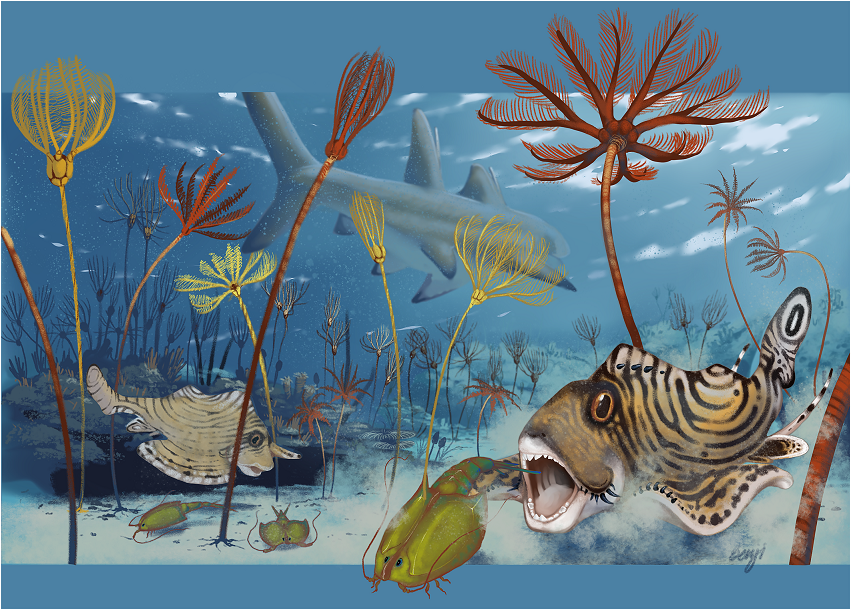
16. Prehistoric Sharks Unearthed: What They Found in a Kentucky Cave Will Shock You
Mammoth Cave, Kentucky, USA — A new study published in the Journal of Paleontology details the discovery of obruchevodid petalodonts, an extinct group of cartilaginous fish, from the Middle Mississippian (Visean) Joppa Member of the Ste. Genevieve Formation at Mammoth Cave National Park. These petalodonts, a type of chondrichthyan (related to modern sharks and rays), represent some of the earliest known members of the Obruchevodidae family.
The fossil finds include teeth and skeletal remains, providing insights into the morphology and evolutionary history of these ancient creatures. Researchers suggest that obruchevodids were adapted for crushing hard-shelled prey, with specialized teeth designed for this purpose. The discovery in Mammoth Cave expands the known geographic range of these petalodonts and contributes to a better understanding of the biodiversity of marine ecosystems during the Mississippian period. The study highlights the significance of cave systems as potential repositories for paleontological discoveries.

17. FDA Cracks Down on Risky Imports: Is Your Favorite Food on the Watchlist?
Washington, D.C., United States — The U.S. Food and Drug Administration (FDA) is intensifying its enforcement of food safety regulations on imported goods, utilizing import alerts to block potentially hazardous products from entering the country. Recent updates to these alerts target a variety of items, including dried shark fin due to potential mercury contamination, soft cheese for Listeria concerns, and tamarind for high pesticide levels.
These actions underscore the FDA’s commitment to safeguarding public health by ensuring imported foods meet U.S. safety standards. Modifications to import alerts are regularly updated by the agency, reflecting ongoing efforts to monitor and respond to emerging food safety risks. Consumers are advised to stay informed about these alerts to make safer food choices and avoid products that may pose health hazards.
